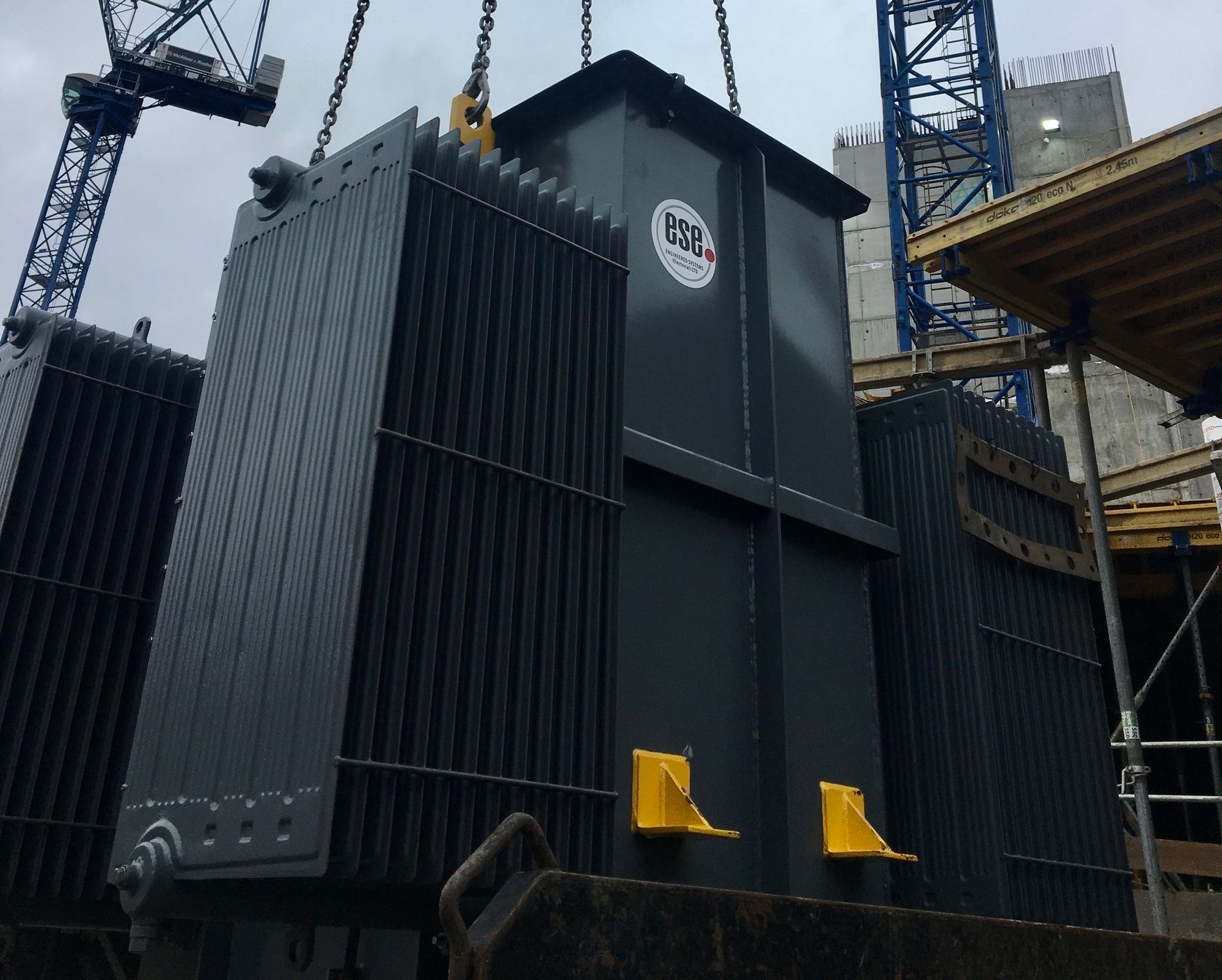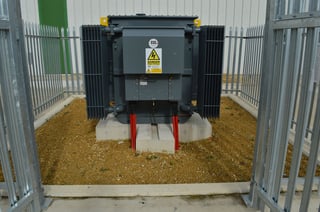
Transformers play a crucial role in electrical systems, stepping up or stepping down voltages to facilitate the efficient distribution of power. However, like any electrical distribution equipment, they have a finite lifespan and may require replacement when they approach the end of their life or experience significant changes in operational efficiency.
In this article, we’ll discuss the main signs that can help you to determine when your transformer needs to be replaced.
1. Signs Of Deterioration
Typically, transformers have a service life of between 20 and 40 years. As they approach the end of their lifespan, they may exhibit signs of deterioration, including:
-
Reduced efficiency, which may exhibit as decreased levels of performance or efficiency.
-
Increased noise levels, such as buzzing or humming.
-
Excessive heat, which indicates internal issues and potential failure.
-
Leaking oil or degraded insulation fluids are suggestive of internal problems.
-
Visible deterioration, such as corrosion, rust, or physical damage to components.
These signs suggest that the internal components of the electrical transformer may be wearing out, which will compromise its performance and reliability.
2. Increased Electrical Demand
If your facility's electrical demand has significantly increased due to the addition of new equipment, machinery, or expanded operations, it may push the capabilities of your existing transformer to the limit. Overloading the transformer can lead to overheating, reduced efficiency, and potential failures, so upgrading to a higher capacity model may be necessary to safely meet the increased demand.
3. Changing Voltage Requirements
 Changes in the voltage requirements of the connected equipment also warrant consideration for transformer replacement. For example, if you are upgrading machinery or transitioning to a new utility voltage standard, your existing transformer may no longer be compatible. Mismatched voltage levels can result in equipment malfunctions and potential damage, so upgrading the transformer to match the new voltage requirements ensures seamless operation and protects expensive equipment from damage.
Changes in the voltage requirements of the connected equipment also warrant consideration for transformer replacement. For example, if you are upgrading machinery or transitioning to a new utility voltage standard, your existing transformer may no longer be compatible. Mismatched voltage levels can result in equipment malfunctions and potential damage, so upgrading the transformer to match the new voltage requirements ensures seamless operation and protects expensive equipment from damage.
4. Severe Damage Or Failure
In cases of severe damage caused by short circuits, lightning strikes, or accidents, it may be necessary to completely replace the transformer. Severe incidents can cause irreparable damage to the internal components which compromises the transformer's performance and safety. Prompt replacement is essential to restore electrical functionality and prevent further disruptions.
5. Energy Efficiency Cost Savings
Apart from age and specific operational needs, it’s also worth considering the energy efficiency of your transformer. Older transformers tend to be less energy-efficient compared to newer models which, at a time of soaring energy bills, could prove to be financially crippling. By replacing an older transformer with a modern, energy-efficient model, you can significantly reduce energy consumption, lower your business’s operating costs, and minimise your environmental impact.
Contact Us For High Voltage Transformer Installation
If you need to replace your electrical transformer, our high voltage engineering services team can complete the installation safely and for a cost-effective price. To find out more or to request a free, no-obligation quotation, please call Engineered Systems Electrical Limited by sending us a message today.
Posts By Topics
- general (61)
- Expert Electrical Contractors (9)
- Case Studies (8)
- High-Voltage Equipment Maintenance (8)
- Electrical Distribution Equipment (6)
- High Voltage (4)
- High Voltage Electrical Safety (3)
- High-Voltage Switchgear (2)
- Independent Connection Provider (2)
- Engineered Systems (Electrical) Ltd (1)

